I like kotlin SpringBoot apps deployed to k8s. Go apps for custom k8s operators/controllers.
- 24 Posts
- 54 Comments

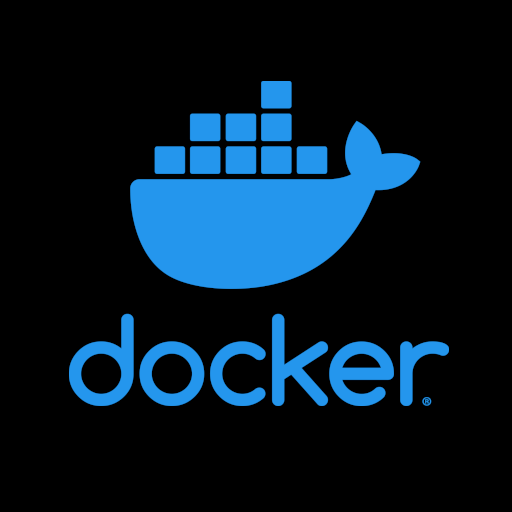 1·9 months ago
1·9 months agobest way:
(pwd)/ngnix.conf:

 7·9 months ago
7·9 months agoI find it very difficult to recommend generative ai as a learning tool (specifically for juniors) as it often spits out terrible code (or even straight up not working) which could be mistaken as “good” code. I think the more experienced a dev is, the better it is to use more like a pair programmer.
The problem is it cannot go back and correct/improve already generated output unless prompted to. It is getting better and better, but it is still an overly glorified template generator, for the most part, that often includes import statements from packages that don’t exist, one off functions that could have been inline (cannot go back and correct itself), and numerous garbage variables that are referenced only once and take up heap space for no seemingly no good reason.
Mainly speaking on GPT4, CoPilot is better, both have licensing concerns (of where did it get this code from) if you are creating something real and not for fun.

 1·9 months ago
1·9 months agoExtended GitHub Actions support gonna be the bees knees

 1·9 months ago
1·9 months agoI prefer Sealed Secrets over sops since it has the namespace scoping element and can also be stored in repo (once encrypted). I also generally prefer having a controller deployed rather than forcing devs to learn kustomize (which we don’t widely use yet) so I guess less of a support burden for me.

 2·9 months ago
2·9 months agoI can’t believe I haven’t seen external secrets before. Sealed secrets are cool, but such a pain as you described. Gonna be setting up external secrets next week sounds like. Thanks for the great post

 7·11 months ago
7·11 months agoI have been using “gaming” keyboards for coding for ~10 years now. The only thing to be wary of imo, is keebs that have “extra customizable keys” on them and break conformity from a standard layout. Depends on the device, but Logitech will call them “G keys”, for example, and often stick them on the far left of the board, left of tab/caps/L shift. Makes life a lot more difficult if not gaming.
Outside of that, I think calling something a “gaming” keyboard is more of a marketing tactic to up the price. It’s hard to not recommend mechanical, but that sounds out of budget and often hard to do wireless/bluetooth, but personally I think mech is the top priority.
What I have seen a lot of peers do is wait to see whatever keyboard the get in office, then buy the same one for home for consistency, rather than dragging a personal one back and forth. Often companies will offer basic boards like logitech K270, K350, or K650. Not amazing, not terrible, and most likely fit in your described criteria.

 3·11 months ago
3·11 months agoIm a bit late to the show, but I personally feel like you are heading down the wrong path. Unless you are trying to completely host locally, but for some reason want your backups in the cloud, and not simply on separate local server, you are mixing your design for seemingly no reason. If you are hosting locally, you should back up to a separate local instance.
If you indeed are cloud based, you SHOULD NOT be hosting a DB separately. Since you specified S3, you are using AWS, and you should rather use RDS managed mySQL and should use the snapshot feature built in. ref

 6·1 year ago
6·1 year agoLaughs in
object

 3·1 year ago
3·1 year agoI am not as familiar with Cloud Native DevOps Newsletter but I do enjoy the podcast

 3·1 year ago
3·1 year agoDecember 8th, 2009 - Motorola Droid successfully rooted … [granting] root access on the phone using a terminal emulator. This is how I learned bash which inevitably pushed me into pursuing proper Computer Science.

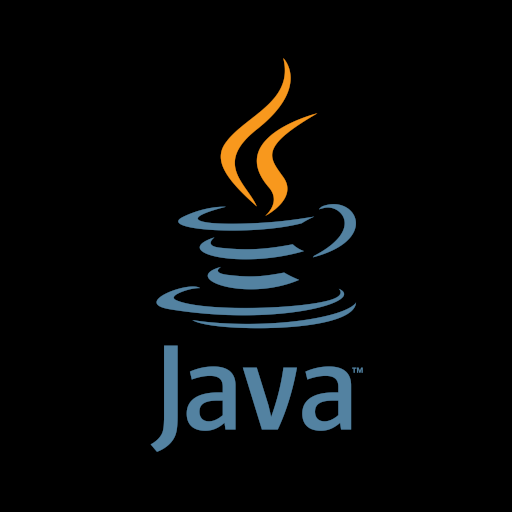 2·1 year ago
2·1 year agoInteresting perspective I hadn’t considered before, thanks for sharing. Also, not sure where the Java 7 thing comes from, but I run Java 17 with gradle/kotlin non-android, works very well in IntelliJ, outside of consuming a million gigs of ram lol

 3·1 year ago
3·1 year agoI believe in GitHub branch protection rules, you can set required review by a code owner, as well as set an amount of reviews required.
You are also able to structure codeowner files and assign codeowners to certain paths within the repo that they “own”, rather than all or nothing.
You are able to set bypass rules for certain individuals, and as repo admin there is a little checkbox on PRs that will appear by default to allow you to ignore the requirements, although it is generally not recommended, but I won’t harp on the reasons others have already pointed out.
disclaimer: I mainly work on a GHES instance, which may be function slightly different than public GH

 1·1 year ago
1·1 year agoI think JetBrains has fully bought into Gradle. I think Maven support has been less and less over time, which shouldn’t be a surprise. Gradle supports native Kotlin build scripts (i.e.
build.gradle.kts), as well as putting a lot of work into ensuring their tools fit well within the Gradle ecosystem (exhibit A: https://github.com/JetBrains/intellij-platform-plugin-template). I think it only natural for the creator/owner/maintainer of Kotlin to go full in on the build system that supports the language!controversial take: who still uses maven? who would prefer xml files over build scripts? (ok… fine, big timers like RedHat definitely do, or at least, have never taken/don’t want to take the time to upgrade lol)

 2·1 year ago
2·1 year agoI’m not big on Samsung devices outside TVs/monitors (although expensive, definitely best quality IMO). However, I am a fan of them leaning toward affordability to the average consumer! Assuming able to root, remove Tizen, and install from custom ROM, I may look into getting one of these now.

 5·1 year ago
5·1 year agoDecember 8th, 2009 - Motorola Droid successfully rooted … [granting] root access on the phone using a terminal emulator. This is how I learned bash which inevitably pushed me into pursuing proper Computer Science.

 6·1 year ago
6·1 year agoI prefer a similar workflow.
I am a major advocate of keeping CI as simple as possible, and letting build tools do the job they were built to do. Basic builds and unit/component testing. No need for overcomplicating things for the sake of “doing it all in one place”.
CD is where things get dirty, and it really depends on how/what/where you are deploying.
Generally speaking, if integration testing with external systems is necessary, I like to have contract testing with these systems done during CI, then integration/e2e in an environment that mimics production (bonus points if ephemeral).
The most difficult generalisation step is going from one to two. Once you’ve generalised to two cases, it’s much easier to generalise to three, four, or n cases.
🥇
Although it seems to ignore things like sidecar containers to support the application locally (rather than needing to do a full install of a database tech, for example), I really like the point being driven.
I think Go is good to learn. Many vetted open source Go tooIs use Makefiles (e.g. kustomize) which may be a good point of entry for DevOps in Go.

 79·1 year ago
79·1 year agoJust make sure to test the regex instead of blindly slapping it in assuming it works 🙂



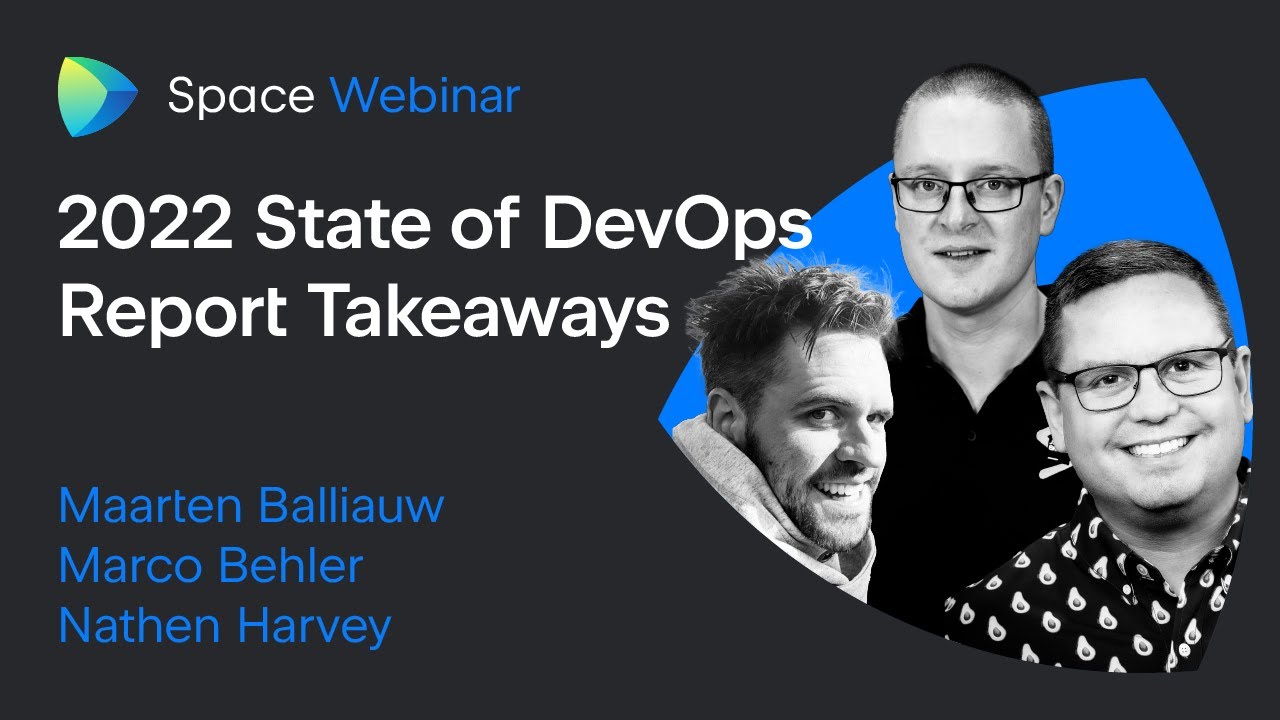




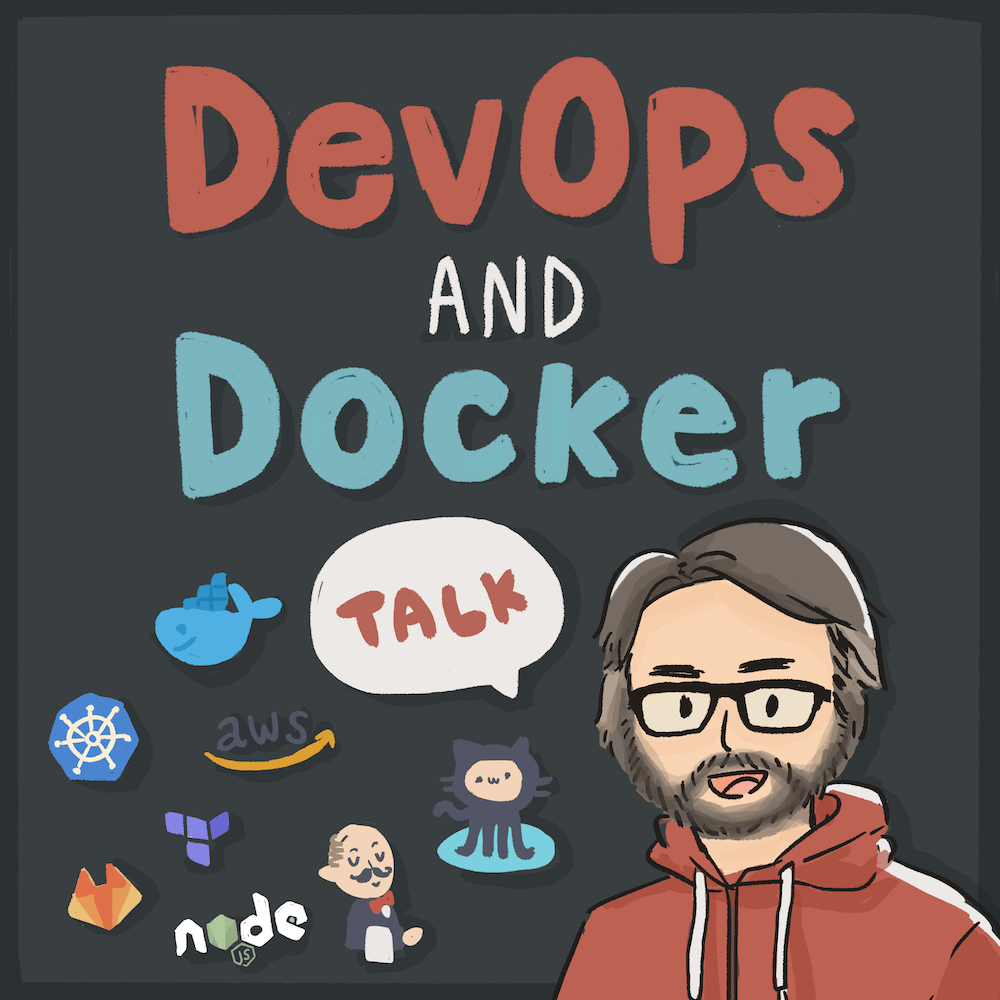

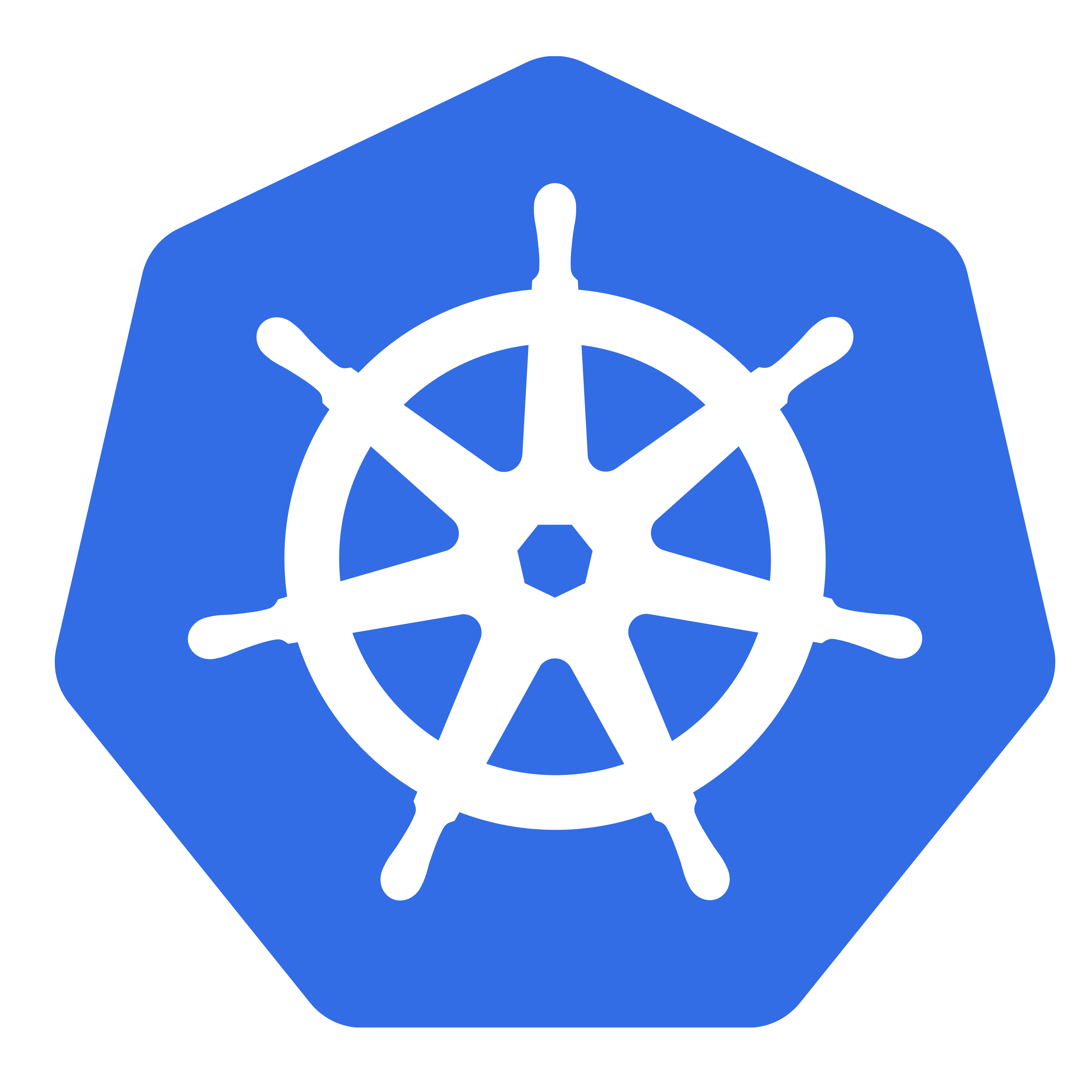




Thanks for sharing! I definitely hadn’t seen that plugin. We definitely use helm, even though I hate it lol. I will take a look when I get around to looking at external secrets since I still haven’t had a chance to (you know how it goes… priorities made up by some random PM or whatever)